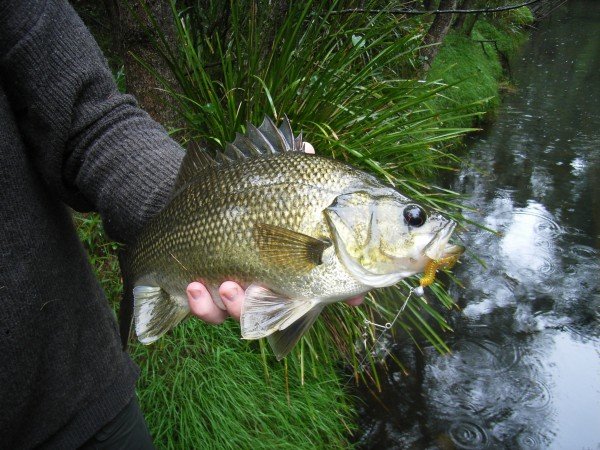I love throwing a wacky rigged worm, and you should too. A wacky rigged Senko-style worm is usually the first thing I’ll use wherever I’m fishing for bass.
A wacky rig entails putting a hook (most use an octopus hook) directly through the middle of a Senko-style plastic worm, leaving either end free to dangle. That little shake they have on the fall is pretty much bass crack.
But as effective as this rig is at catching bass, it does take some time to master. Here are 3 tips to help you level up your wacky rig skills and put more fish in the boat.
RELATED: 5 of the Best Bass Lures for Catching Whoppers
Reach for the Braid
You can significantly reduce the amount of fish you lose by making the switch to braided line and fluorocarbon leader with your wacky rig. Missed fish on a wacky rig happen because of slack in the line, which ends up causing a poor hook set.
Braid has no stretch, so the hook drives deeper into the fish’s mouth when you set it, no matter how much slack line you’re dealing with. Furthermore, because many of the best spots to use a wacky worm are also full of cover—docks and laydowns—using braid will allow you to pull fish from these spots without fear of breaking off.
Master the Skip
I remember the first time I watched a professional angler skip a plastic bait up under low hanging branches. I went out that day to practice the technique and boy did it pay off. Wacky worms have a shape that allows them to skip extremely well, making them ideal for skipping under docks, laydowns and any other vertical cover.
Bonus Tip: First spend some time learning to skip in open water before you try the technique near actual cover, just to get the hang of it. This will help you fine-tune your technique and reduce the potential for snagging on everything while you learn.
RELATED: 3 Tips for “Skipping Docks” for Bass
Patience Will Pay Off
The main complaint that many anglers have when it comes to the wacky rig is that it’s boring. Most are not content with the cast, wait, reel in and repeat pattern. In fact, many newcomers to the wacky rig quit the technique altogether because of this reason. It may seem tedious, but try to be patient. I can tell you from experience that, where strikes are concerned, it’s a matter of when, not if.
Photo credit: Wikimedia








